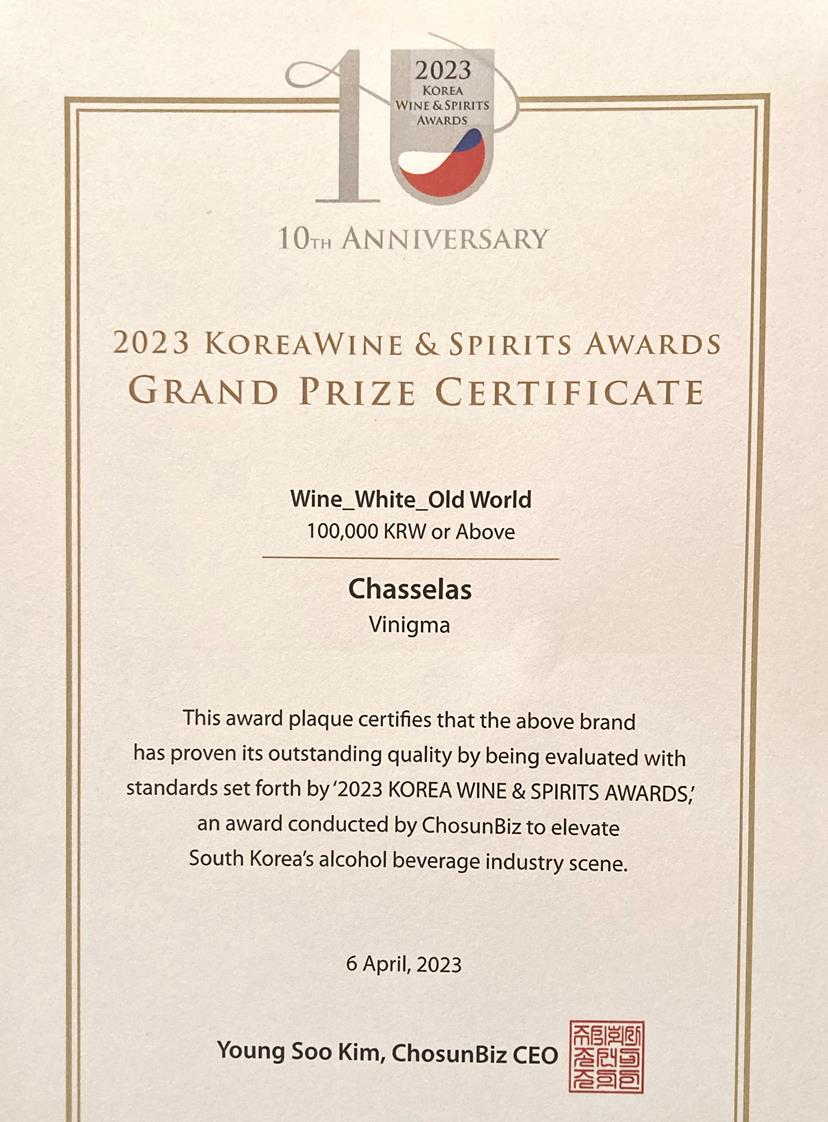Old world, new world?
The week before, I had the pleasure of receiving the renowned Korea Wine & Spirit Award for our Chasselas in Seoul. It was awarded first prize in the category of white wines from the “old world”. I was very pleased with this award, although I was quite amused by the dusty concept of the “old world”.
After all, this concept of dividing the world into an “old” and a “new” one dates back to the time of Christopher Columbus, when the European “world” realised that there was still something “new” there. Today we have a completely different perspective on the world. Nevertheless, this terminology has surprisingly persisted in the wine industry. Wines from North and South America, South Africa, Australia and New Zealand are commonly assigned to the “new world”. Europe and the countries around the Mediterranean are still referred to as the “old world”.
But is that the whole wine world? Where does the wine culture of Asia belong? Is this now the “very new world”? Or if we take into account China’s wine culture, which is over 4600 years old, even the “ancient (wine-growing) world”?
Historically, Europe has had a strong influence on viticulture. Wines from France, Italy or Spain therefore also have a great reputation worldwide. But now countries like Korea and Japan are increasingly developing oenological self-confidence. High-quality wine has been produced in Korea since the 1960s, and enjoying wine is part of a modern lifestyle in broad, more urban segments of the population. And our Chassleas obviously fits in well with that.




